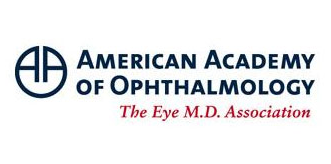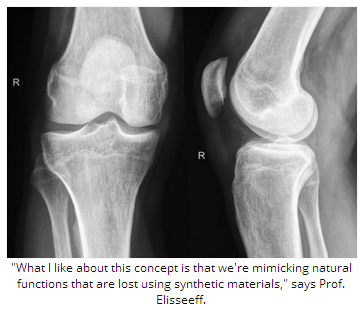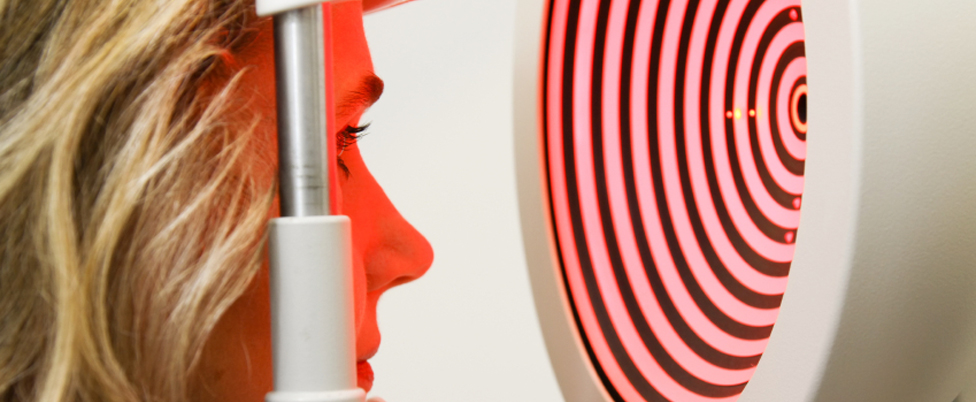A blind man’s sight-restoring operation was broadcast live around the world at 1.30pm (BST) October 8, 2014 from a hospital in Malawi.
The six minute cataract operation will mean 69-year-old Winesi March could see his baby grandson for the first time when his bandages are removed tomorrow on World Sight Day.
The live online broadcast was hosted by YouTuber Doug Armstrong who fielded questions from the global audience via a Google Hangout. Dr Gerald Msukwa, one of only a few ophthalmologists in Malawi, talked through the simple procedure whichrestores the sight of more than 20 million people around the world every year and is the most commonly performed surgery on the NHS.
Dr Msukwa said:
“I’m a doctor, not a movie star so there is some tension with the world watching but it’s nothing when I know that tomorrow my patient’s life will be utterly changed.
“Yesterday Winesi could not farm his land, see his family or walk to the market without the constant support of his dedicated wife. Tomorrow he tells me he will dance across the river by his home to work. The operation only costs GBP30 but will help him feed his family for years to come.”
The second live broadcast (October 9, 2014) will see the global audience join the team in Malawi for the life-changing moment when Winesi’s bandages are removed and he sees his 18-month-old grandson Luka for the first time.
In the UK more than 50 per cent of adults over the age of 65 have cataract, a condition that causes sight to become blurred and gradually lost. But the majority of the 20 million people blind from cataracts are living in the poorest parts of the world, often unable to access the straightforward surgery.
Winesi’s surgery is the first ‘miracle’ of Sightsavers’ biggest-ever fundraising appeal – A Million Miracles. The charity is aiming to raise GBP30 million to provide one million sight-restoring surgeries for people living in developing countries. All donations made by the UK public will be matched pound for pound by the UK government for the first three months of the appeal.
To watch the online surgery again go to millionmiracles.org







